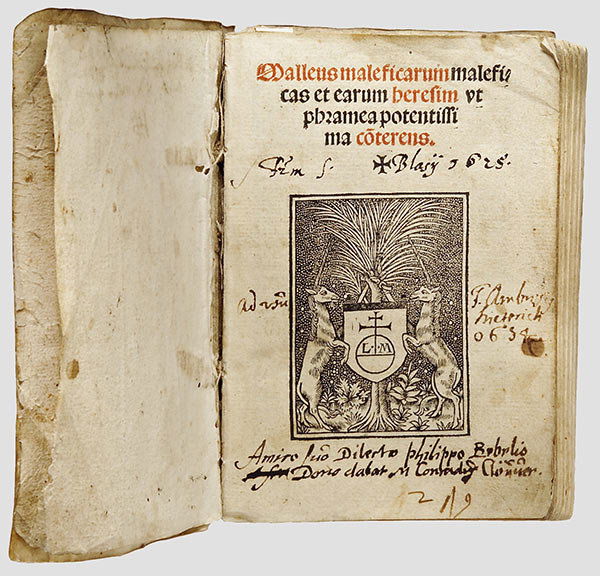In the 1700s, graphic design began to exhibit traits of Rococo, Neoclassicism, and Romanticism.
Rococo derives its name from “rocaille,” which is French for “rocky ground” (Rocaille, 2017). It is used to describe the motifs of rocks and broken shells incorporated into florid and intricate French design work (What are some characteristics of Rococo art?, 2018, para. 1). The ornamentation uses C- and S-curves pulled from medieval sources, classical European and Asian art, and naturalistic sources (Meggs & Purvis, 2016, p. 129). This ornate style is exemplified in the designs of Pierre Simon Fournier le Jeune.
Figure 1 is the title page for
Ariette, mise en musique (1756). It was designed by Pierre Simon Fournier le Jeune and is an excellent example of rococo in print. It uses a dizzying and fussy array of geometric, floral, and curvilinear ornaments to frame the text (Meggs & Purvis, 2016, p. 130).
 Figure 1
Figure 1. Title page from Pierre Simon Fournier le Jeune’s
Ariette. From Meggs & Purvis (2016, p. 130).
While Rococo drew upon classical traditions, it did not draw upon them so heavily as did neoclassicism. Neoclassicism celebrated the clean-lined aesthetics of Roman and Greek antiquity. Illustrators in this tradition sought to “imitate nature in her most perfect form” (Meggs & Purvis, 2016, p. 141). Engravings demonstrated a sharp contrast of value, and engravers strove for a perfection of technique.
During the Napoleonic era, Pierre Didot created a book series called
Éditions du Louvre. Figure 2 shows a double-page spread from Voltaire’s 1798
La Pucelle d’Orleans, one of the books in the series. The lavish margins and precise and mechanical typography of this spread exemplify the perfection sought after in neoclassicism (Meggs & Purvis, 2016, pp. 141, 143).
 Figure 2
Figure 2. Double-page spread from Voltaire’s
La Pucelle d’Orleans. From Meggs & Purvis (2016, p. 143).
Romanticism came about as a response to Neoclassicism. Although it did not remove all references to antiquity, it placed much more emphasis upon personal emotions and imagination than it did upon the natural world. Perfection of form, achieved through drafting tools, was eschewed for more organic shapes. Bright colours replaced the monochromatic pages of Neoclassical literature.
William Blake was a harbinger of the Romantic era. This visionary poet and artist published books of his poetry using relief etchings without using typography. He integrated his letterforms into his illustrations, and his pages were hand-coloured by himself and his wife.
_-_Google_Art_Project.jpg) Figure 3
Figure 3. Title page from William Blake’s
The Book of Thel. From Meggs & Purvis (2016, p. 145).
Question:
Whereas neo-classicism obviously hearkened back to the ancient world, do you think William Blake, with his hand-lettering and hand-coloured covers, was hearkening back to medieval illuminated texts?
References
Meggs, P. & Purvis, A. (2016).
History of Graphic Design (6th Edition). Hoboken, USA: John Wiley & Sons, Inc.
Rocaille. (2017). In
Reverso Dictionary. Retrieved February 18, 2018 from
http://dictionary.reverso.net/french-english/rocailleWhat Are Some Characteristics of Rococo Art? (2018). From
Reference.com. Retrieved February 18, 2018 from
https://www.reference.com/art-literature/characteristics-rococo-art-69eab49bb47f192#









![[Hook piercing unedited]](https://p.dreamwidth.org/58c021ff488f/3289137-17493/i205.photobucket.com/albums/bb194/shanmonster/IMG_1801.jpg?t=1523136610)
![[Portrait of Kai]](https://p.dreamwidth.org/9288b0c0adcd/3289137-17493/i205.photobucket.com/albums/bb194/shanmonster/hook%20portrait.jpg)



















_-_Google_Art_Project.jpg)








































